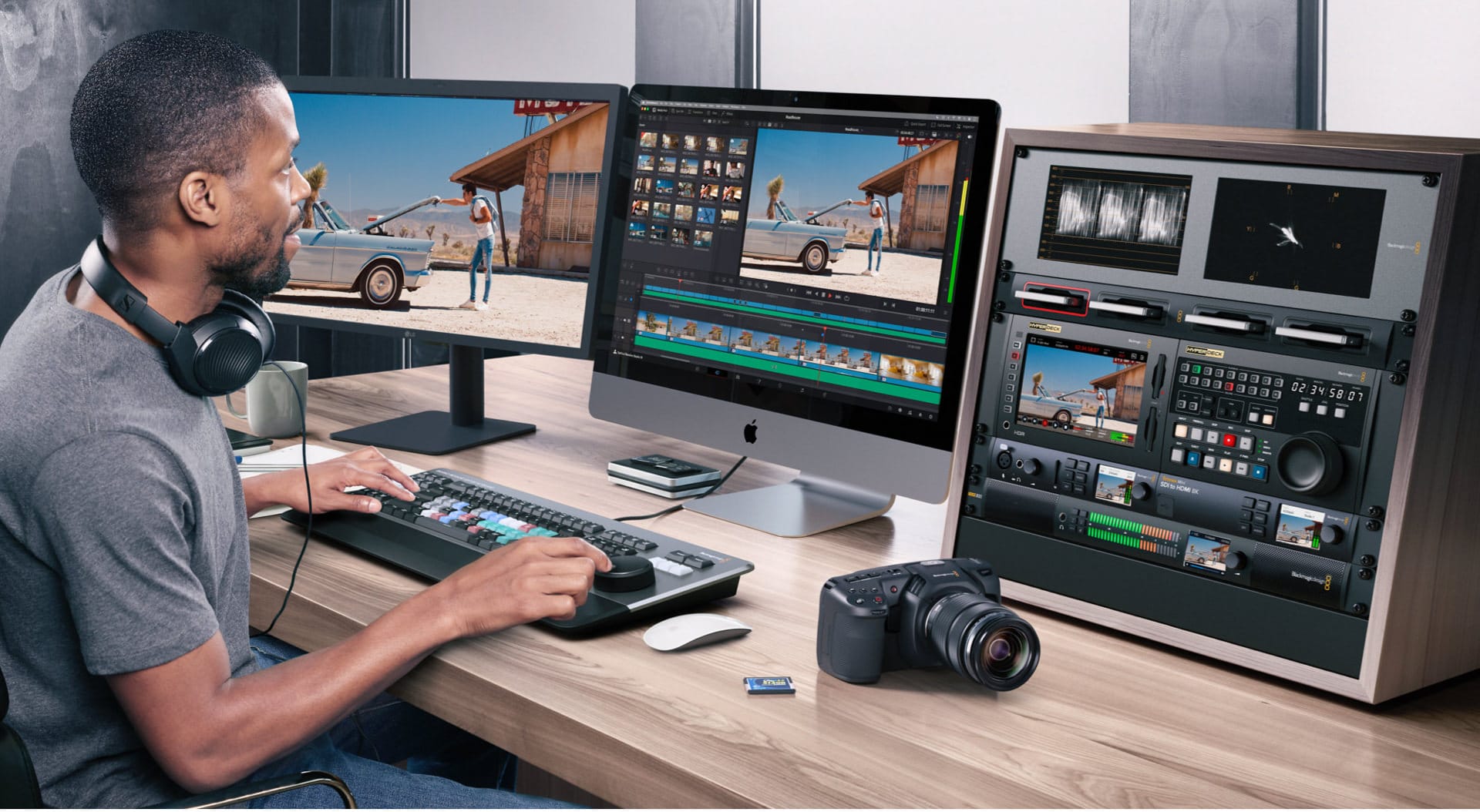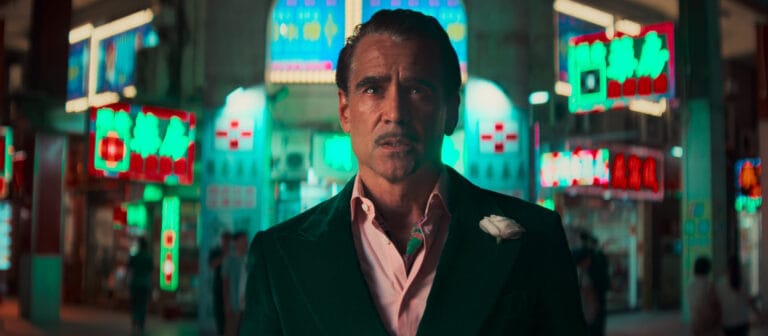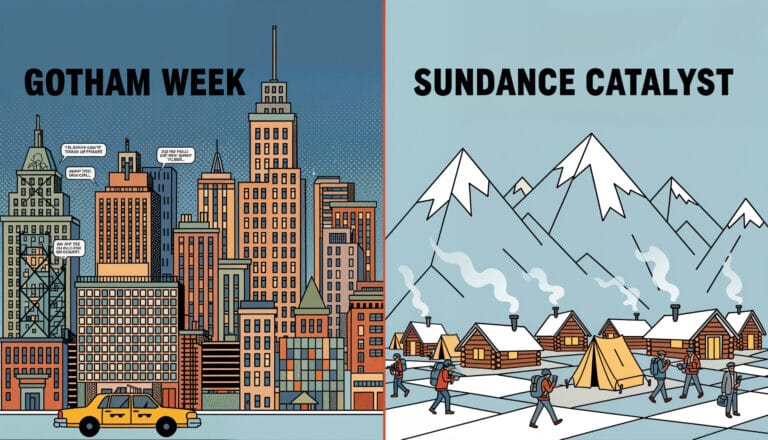Compact Cine Power for Modern Filmmakers: the industry is doubling down on smaller, more agile cinema cameras that deliver uncompromised image quality, unlocking new creative possibilities.
Seamless Interoperability Across Platforms: a major shift is underway towards open standards and interconnected ecosystems, freeing filmmakers from the constraints of proprietary “walled gardens.”
Democratized Professional Tools for Creators Everywhere: high-end capabilities in lighting, audio, and post-production are becoming radically more affordable and accessible, leveling the playing field for indie creators.
The halls of the International Broadcasting Convention (IBC) in Amsterdam are more than just a showcase for shiny new gear; they are a bellwether for the entire film and broadcast industry. Every year, we walk the floor to gauge the technological currents, and the winners of the prestigious CineD Best-of-Show Awards act as our compass, pointing toward what truly matters. The IBC Awards — the International Broadcasting Convention’s globally recognized industry accolades, presented during the 2025 edition of the show in Amsterdam — delivered a message clearer than ever: the future of filmmaking is smaller, more connected, and more accessible than ever before. Forget the incremental updates and minor spec bumps. The winning products at IBC 2025, the annual European gathering of filmmakers, engineers, and innovators, tell a cohesive story about three fundamental truths that are actively reshaping how we capture and create stories, from solo operators to blockbuster productions.
The Incredible Shrinking Cine Camera
The long-held belief that a “proper” cinema camera must be a large, intimidating beast is officially dead. The dominant trend, reinforced by this year’s award winners, is the continued push for powerful cinematography tools in smaller, lighter, and more versatile form factors. This isn’t about compromising quality for convenience; it’s about decoupling cinematic imaging from cumbersome rigs. Manufacturers are engineering full-frame sensors, high-bitrate internal recording, and professional I/O into bodies that can be comfortably mounted on a gimbal, a drone, or stripped down for documentary work. This evolution signifies a deep understanding of the modern filmmaker’s need for agility, enabling them to move at the speed of creativity without being weighed down by their equipment.
This trend was on full display with products reminiscent of the Sony FX series, the RED Komodo, and Blackmagic Design’s Pocket Cinema Camera line dominating the conversation. The IBC International Broadcasting Convention Awards, held during the 2025 show, recognized cameras not just for their sensor performance, but for their modularity and ability to scale up or down depending on the production’s needs. Imagine a core “brain” that can be used handheld for a run-and-gun shoot in the morning, then built out with a cage, matte box, and cinema lens for a studio setup in the afternoon. This modularity is a direct response to the diverse projects creators now tackle. Even virtual production stages, like those powered by Unreal Engine, benefit from smaller cameras that can be tracked more easily in complex digital environments, blending the lines between physical and virtual cinematography.
For the modern creative, this shift is profoundly empowering. It means that dynamic, high-production-value shots are no longer the exclusive domain of high-budget productions. The ability to place a true cinema-quality camera in tight spaces, on fast-moving vehicles, or on lightweight drone systems democratizes creative expression. Our practical tip: when planning your next project, actively challenge your assumptions about what is possible. Brainstorm shots you previously dismissed as too complex or expensive. With a compact cine rig, a car chase sequence, an intricate long take through a crowded space, or an aerial shot that seamlessly transitions to a close-up are all more attainable than you think. This new mobility isn’t just a technical upgrade; it’s a narrative one.

The End of the Walled Garden: A New Age of Interoperability
For decades, filmmakers have been forced to navigate a frustrating landscape of proprietary ecosystems. A specific brand of camera required its own expensive media, its own battery system, and often worked best with its own lenses, locking creators into a “walled garden” that was costly to maintain and difficult to escape. This year, IBC’s honors — the International Broadcasting Convention awards in 2025 — highlighted a powerful counter-movement: a definitive industry-wide pivot toward interoperability and open standards. The most celebrated products were not those that sought to trap users, but those that aimed to connect them. This trend is about building bridges, ensuring that a piece of gear’s value is determined by how well it plays with others, not by how it isolates you.
We saw this principle in action across multiple categories. Award-winning wireless video systems boasted compatibility with nearly any camera and monitor combination on the market. Lens manufacturers in the L-Mount Alliance continued to show the power of cross-brand collaboration, giving filmmakers from Panasonic, Leica, and Blackmagic a vast, shared pool of high-quality optics to choose from. Even software is embracing this new era. Post-production suites are focusing on deeper integration, allowing for seamless round-tripping between editing, color, and VFX applications. This philosophy is at the core of our own Filmmaking AI resources, which emphasize tools that plug into your existing workflow, enhancing rather than replacing it. The message is clear: the future is collaborative, not proprietary.
This shift toward an open ecosystem has massive practical benefits for every filmmaker. It future-proofs your investments, as a lens or battery you buy today is more likely to be compatible with the camera you buy in three years. On set, it fosters flexibility and problem-solving; if one piece of gear fails, you’re more likely to have a compatible backup, even if it’s from a different brand. It makes collaboration easier, as DPs, ACs, and DITs can bring their preferred tools to a project with confidence that they will integrate smoothly. Our practical tip: when evaluating a new gear purchase, make compatibility your second most important criterion after performance. Look for products that use non-proprietary media like CFexpress cards, universal power inputs like USB-C PD, and standard mounting points. Your long-term budget and on-set sanity will thank you.
Pro-Level Power for Every Creator
Perhaps the most exciting trend celebrated at IBC 2025 — the International Broadcasting Convention showcase of winners — is the radical democratization of professional-grade tools. Features and capabilities that were once the exclusive purview of multi-million-dollar studio films are rapidly becoming affordable, accessible, and user-friendly for indie filmmakers and small creative teams. The awards this year went to products that packed immense power into accessible packages, from lighting and audio to post-production software. This isn’t just about making cheaper versions of expensive gear; it’s about fundamentally rethinking design to put incredible creative power into the hands of a wider audience, recognizing that breakthrough ideas can come from anywhere.
Real-world examples of this were everywhere. We saw compact yet incredibly bright and color-accurate LED lights winning honors, offering the kind of output and control that used to require a generator and a grip truck. Wireless audio systems demonstrated rock-solid reliability and multi-channel capabilities at price points that were unimaginable five years ago. In the post-production space, this trend is being supercharged by artificial intelligence. Tools that automate tedious tasks like rotoscoping, transcription, or even generating visual effects are becoming standard. This allows creators to achieve stunning results without years of specialized training, a principle we champion with tools like our AI Render Pro, which brings high-end rendering capabilities to any artist’s desktop.

This democratization is fundamentally changing the landscape of film and media. The technical barrier to entry has been lowered so dramatically that storytelling, vision, and creativity are once again becoming the primary differentiators between productions. A filmmaker with a compelling script and a clear vision can now achieve a level of production value that can compete with established studios. It levels the playing field and puts the focus back on the craft. Our practical tip: identify the single biggest technical bottleneck in your current workflow — the one thing you always wished you could afford to do “the right way.” Then, research the current market for that solution. Chances are, a new product or software has emerged that makes it drastically more accessible. Learning to leverage these new tools, like streamlining your workflow with Google Flow for Filmmakers, is the new key to unlocking your creative potential.
Internal Links for Further Learning
- Explore our Filmmaking AI section to discover how artificial intelligence is revolutionizing the production pipeline.
- Unlock the power of high-end visual creation with our AI Render Pro tool.
- Master workflow optimization with our comprehensive Google Flow for Filmmakers guide.
Conclusion
The story told by the IBC Awards 2025, the International Broadcasting Convention’s showcase of award-winning products, isn’t just about individual innovations; it’s about a collective industry shift toward empowerment and accessibility. These three fundamental truths revealed by the winners — compact power, seamless interoperability, and democratized tools — are all threads in the same narrative: the creator is now more in control than ever before. Technology is no longer a gatekeeper but a gateway, enabling filmmakers to bring increasingly ambitious visions to life, regardless of their budget or background.
As you prepare for your next project, keep in mind that the tools to craft stunning, professional-grade work are now well within your reach. To stay on the cutting edge of this creative revolution, explore our AI Render Pro and see how you can transform your vision into cinematic reality.
FAQ
What is IBC?
IBC, or the International Broadcasting Convention, is one of the world’s most influential annual trade shows for media, entertainment, and technology professionals. Held in Amsterdam, it’s where manufacturers unveil new products and the industry gathers to discuss the future of content creation and distribution.
Are smaller cinema cameras always the better choice?
Not necessarily. While the trend is toward compact cameras, the best choice always depends on the specific needs of the production. For studio work or projects requiring extensive I/O and a stable, heavy platform, a larger, more traditional cinema camera might still be the optimal tool. The key takeaway is that filmmakers now have more high-quality choices across the entire size spectrum.
How does AI fit into the trend of democratized professional tools?
AI is a major catalyst for this trend, especially in post-production. It automates complex and time-consuming tasks like color balancing, audio cleanup, rotoscoping, and VFX generation that once required highly specialized and expensive artists. This allows individual creators and small teams to achieve polished, high-end results on a fraction of the budget and time.
Credits & Disclaimer
All images © their respective copyright holders (Netflix, Rodeo FX). Used here under editorial and informational purposes only. No ownership or rights implied.
For official press materials, please visit:
Rodeo FX: https://www.rodeofx.com
Netflix Media Center: https://media.netflix.com
For press inquiries or takedown requests, please contact us at:
press@blog.designhero.tv
Discover more from Olivier Hero Dressen Blog: Filmmaking & Creative Tech
Subscribe to get the latest posts sent to your email.













